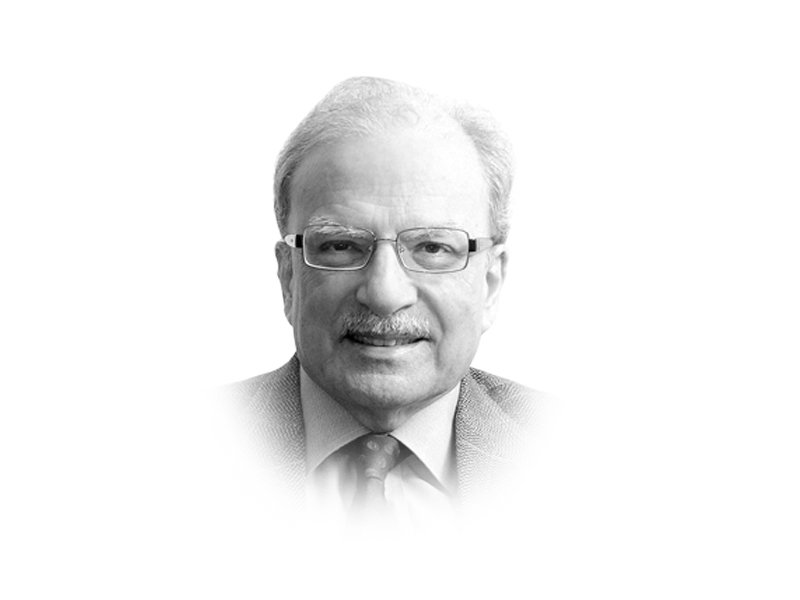
International commerce is by far the most important element in the process economists have labelled “globalisation.” Movement of capital, flow of information, and transfer of technology are also important contributors to development and global integration. Movement of people also plays a part but this is more constrained. Globalisation has been beneficial for all nations, big and small.
When policymakers across the world turn their attention to economic matters, their thinking is guided by some assumptions. One of them concerns international commerce and how various players conduct themselves in the global system. Over the last almost 75 years, the world has constructed a system of exchanges that is guided by rules countries have agreed to follow. The fact that some aspects of the post-Second World War global economic order were quickly put in place while the one relating to trade took half a century to be agreed upon is an indication that trade is hard to regulate. It was only in 1995 that the World Trade Organisation (WTO) was created while the International Monetary Fund and what came to be called the World Bank Group were quickly established. The WTO was founded after a series of “rounds” of negotiations that lowered barriers to trade. The organisation’s main function was to create a mechanism for resolving disputes among trading partners that were bound to result in trade. However, Donald Trump, the new American president, has taken several actions that will weaken, if not destroy, the painfully created global trading system.
Mr Trump does not have a deep understanding of the way the world should work when it comes to various kinds of exchanges among nations. There are several examples of how free flow of trade has benefited nations across the globe. Among those that have benefited greatly are the 27 nations of Europe that bonded together to form the European Union. It also helped small East Asian nations to produce economic miracles by using low-wage but well educated labor to produce cheap manufactures for the world’s rich markets. As a result of several rounds of negotiations held under the auspices of the General Agreement on Tariffs and Trade, tariffs in developed countries for imports from developing nations had dropped significantly, helping the East Asians to increase their earnings from exports.
Donald Trump appears to be obsessed by trade deficits, believing that those on the wrong side of the equation are being hurt and weakened. He focused on these in crafting his approach towards China, Mexico and Britain. With the first two of these three, the United States had developed deep trading relations based on trade agreements. With the United States’ active support, China became a member of the World Trade Organisation in 1991. A robust trade and economic relationship was forged with Mexico in the context of the North America Free Trade Agreement. The NAFTA negotiations were carried out by the administration of President George W. Bush. However, it was President Bill Clinton, Bush’s successor, who was able to get Congress’s approval for the deal. In that respect, NAFTA was a product of bi-partisan consensus. With the third — Britain — Trump sought to detach a long-term ally from its moorings in Europe.
The new American president is weary of multi-country alliances that, he believes, would made it difficult for him to negotiate deals. In his book Art of the Deal, he had taken a zero-sum approach to deal making. Maximising your gain meant minimising that of the party one was negotiating with. That calculus was not possible in a multi-country framework. Within a couple of weeks of assuming power in Washington, Trump used “executive orders” as the device to influence domestic and world affairs. These were drafted quickly and in great secrecy. Trump’s currently most influential advisers believe that he has a mandate to blow up norms of good governance.” If the new president’s policy pronouncements are creating chaos so be it. This is what his most ardent supporters want from him.
Published in The Express Tribune, February 13th, 2017.
Like Opinion & Editorial on Facebook, follow @ETOpEd on Twitter to receive all updates on all our daily pieces.

























































COMMENTS (2)
Comments are moderated and generally will be posted if they are on-topic and not abusive.
For more information, please see our Comments FAQ